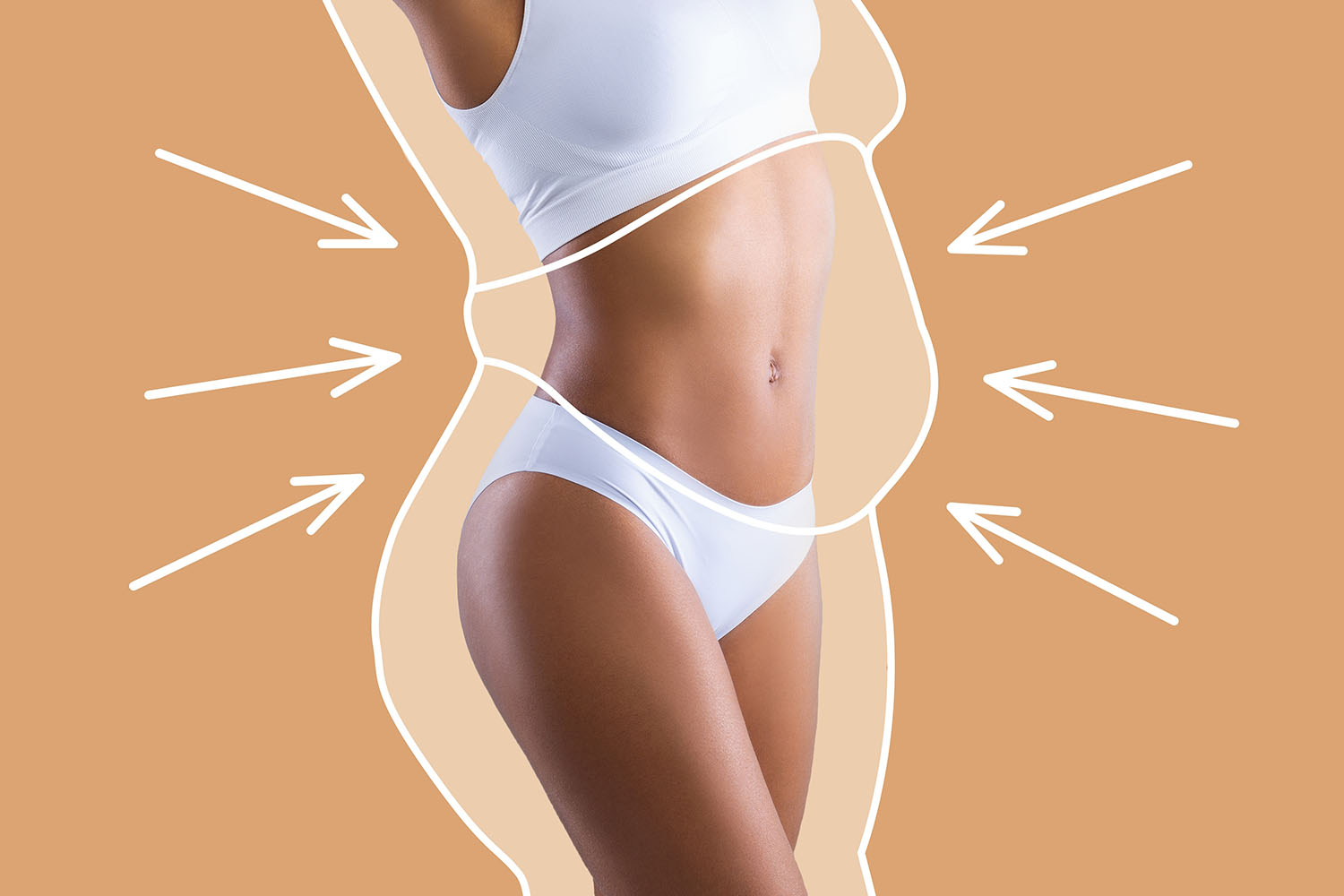Overview
Liposuction, also sometimes referred to as lipoplasty or simply “lipo,” is a cosmetic surgery procedure that removes unwanted fat deposits from specific areas of the body. It’s not a magic bullet for weight loss, but rather a tool for body contouring and reshaping stubborn pockets of fat that don’t respond well to diet and exercise. Let’s delve deeper into what liposuction is, how it works, and what international research tells us about its effectiveness.

Understanding Liposuction: How Does it Work?
Liposuction is typically performed under general anesthesia or local anesthesia with sedation. Here’s a simplified breakdown of the process:
- Tumescent Liposuction: In most cases, a tumescent solution is first injected into the targeted area. This solution contains lidocaine (a numbing agent), saline (saltwater), and epinephrine (a medication that constricts blood vessels). This helps reduce bleeding, pain, and swelling during the procedure.
- Fat Removal: A thin, hollow tube called a cannula is then inserted through small incisions in the skin. The cannula is connected to a surgical vacuum that suctions out the liquefied fat cells.
- Body Contouring: Depending on the technique used, the surgeon may use the cannula to carefully sculpt and refine the treated area to achieve the desired body contour.
International Research on Liposuction
Liposuction is one of the most popular cosmetic surgeries worldwide, and research continues to explore its effectiveness and safety. A 2019 study published in the Aesthetic Surgery Journal reviewed data on over 16,000 liposuction procedures. The research found high patient satisfaction rates and a low complication rate when performed by qualified surgeons.
However, it’s important to remember that liposuction is not a weight-loss solution. Multiple studies, including a 2020 analysis published in PRS Global Open, emphasize that liposuction removes fat cells from targeted areas, but it doesn’t address overall weight management. Maintaining a healthy lifestyle through diet and exercise remains crucial for long-term success after liposuction.
Who is a Candidate for Liposuction?
If you’re at a healthy weight but struggle with stubborn fat deposits in areas like the abdomen, thighs, hips, buttocks, or arms, liposuction might be an option. However, consulting a board-certified plastic surgeon is essential to determine your candidacy. They will assess your medical history, body composition, and aesthetic goals to determine if liposuction is appropriate and safe for you.
Things to Consider with Liposuction
While liposuction can be a successful procedure to achieve a more sculpted body, it’s not without considerations. Recovery time varies depending on the extent of the procedure, but some swelling, bruising, and discomfort are to be expected. Additionally, liposuction carries potential risks like infection, bleeding, and uneven fat removal. Consulting a qualified and experienced surgeon is key to minimizing these risks.
Liposuction offers a way to address those stubborn fat deposits that diet and exercise can’t eliminate. International research supports its effectiveness in body contouring when performed by a qualified healthcare professional. Remember, liposuction is not a weight-loss solution, and maintaining a healthy lifestyle is crucial for long-term results. If you’re considering liposuction, consult a board-certified plastic surgeon to discuss your individual needs and explore if it’s the right choice for you.


